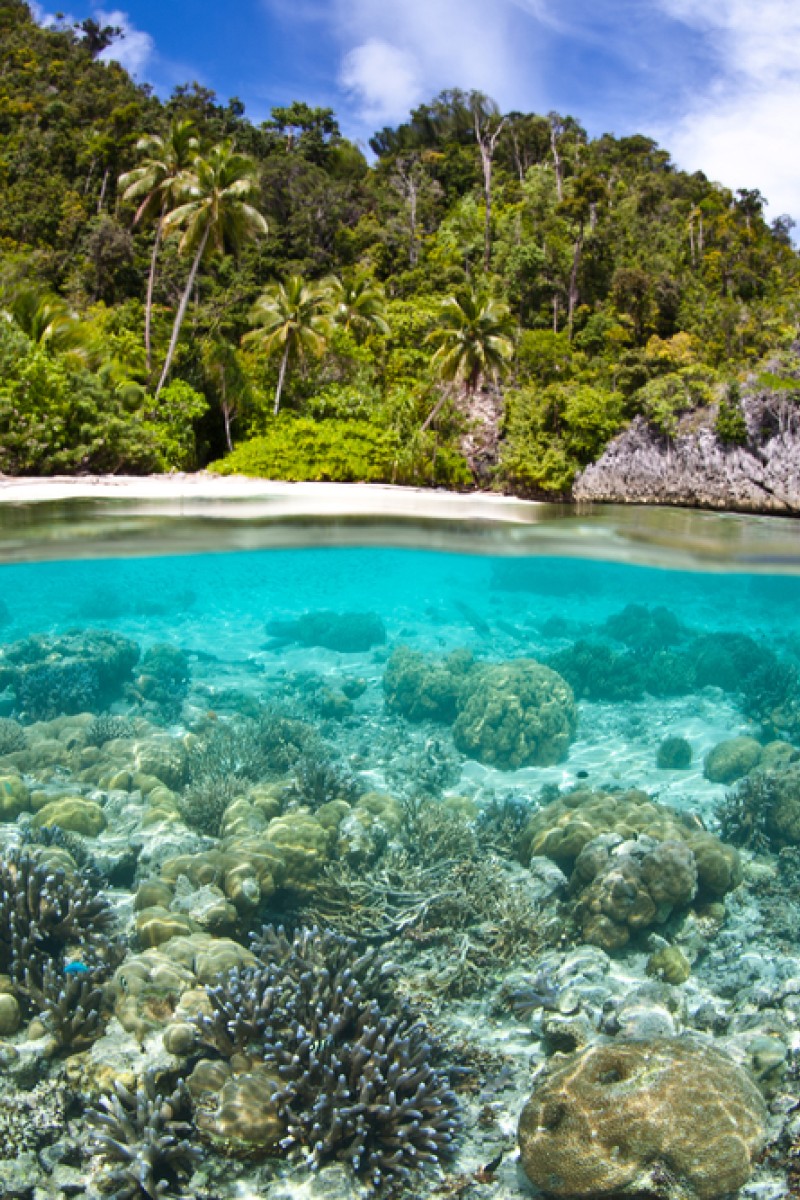
Discover & Innovate: A united front can save planet

An international summit on biodiversity was held in Nagoya, Japan, in October 2010. Around the same time (December 2010) in Cancun, Mexico, there was an international summit on climate change. Is it a good idea to consider these issues in conferences that take place at opposite ends of the world?
Biodiversity refers to the variety of species of plants and animals on the planet, how they are changing and why it's important to look after them.
Connections between climate change and biodiversity were pointed out at the wetlands convention in Ramsar, in Iran, in 1973 based on the work of the Intergovernmental Panel on Climate Change.
On the one hand, climate change threatens important ecosystems and the services they provide for human welfare. Three main dangers of climate change for biodiversity have been identified: temperature increase, ocean acidification and rising sea levels.
As the Earth's temperature rises, there will be less vegetation and marine life, destroying the natural habitat and nourishment of millions of organisms. For instance, a 0.7 degrees Celsius increase in tropical sea temperatures over the past 50 years has caused mass coral bleaching and mortality. For every 1 degree increase in global mean temperatures, approximately 10 per cent of the species assessed so far would be at a higher risk of extinction.
On the other hand, the effect of biodiversity on climate change is also largely acknowledged. For example, wetlands are crucial for reducing climate change.
They play an important role in both carbon storage and the control of greenhouse gas emissions. Improving the way wetlands are looked after and managed is a way of naturally fighting climate change. Wetlands actually only cover about 6 per cent of the Earth's surface, but they contain about 35 per cent of the planet's carbon.
At the Convention on Biological Diversity in 2009, it was suggested that some measures can help to ease climate change: a portfolio of land use management activities, including the protection of natural forest and peat land carbon stocks, the sustainable management of forests, the use of native groups of forest species in reforestation activities, sustainable wetlands management, and the restoration of destroyed wetlands.
Economists have recently stressed the importance of considering the issues of climate change and biodiversity at the same time. This would provide an opportunity to consider all the effects together.
In particular, noting the connections between climate change and biodiversity significantly affects how much pollution should be tolerated.
Therefore, a more general summit on environmental issues should probably replace meetings on biodiversity and climate change.
But guess what? The recent climate change summit took place on September 23 in New York, while biodiversity issues were discussed by world leaders in Pyeongchang, South Korea, this month ...